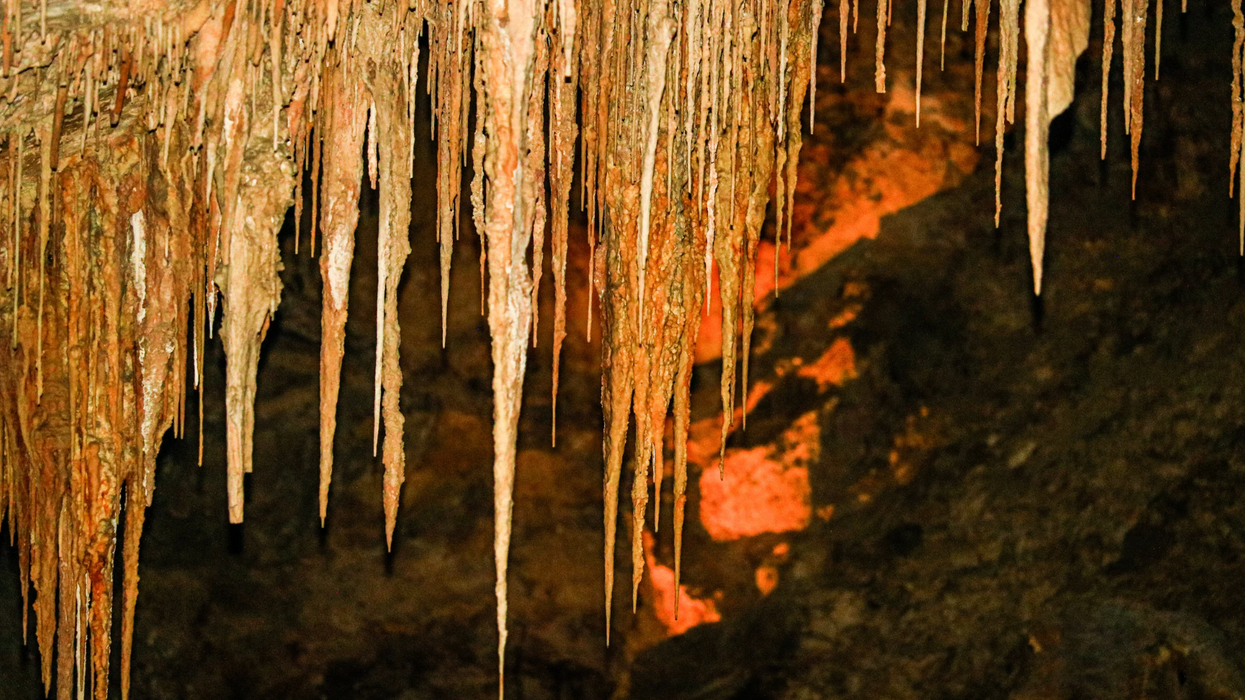Global rural populations will peak in the 2020s, leading to mass abandonment of rural lands.(Data Source: UN Dept. of Economic and Social Affairs, Population Division)
Since 2008, more than half of humanity has resided in cities, and city dwellers make up more of the world population each year. Soon more than 25 cities will have populations of 10 million or more. Much has been made of the problems and opportunities presented by swelling urban populations and their impact on the environment. A growing, affluent urban class drives demand in energy and consumer goods. The rapid growth of cities is straining our infrastructure; much of it will need to be rebuilt to accommodate new growth and handle the strains of climate change.
But considerably less fuss has been made over the corollary of this extraordinary urban growth: the fact that humanity is abandoning the countryside. Rural areas do not just have slower growth than cities–their populations are declining in absolute numbers. Rural populations in developed countries reached their peak long ago, and in many developing countries rural populations are also going down.
Brazil has had a declining rural population since 1990. Even as loggers and farmers cut and burn ancient rainforest in the south, emigrants leave northern farmlands fallow. In China, between just 2000 and 2008, the countryside lost 86 million people. The United Nations projects that the world’s total rural population will begin to decline in the 2020s. In only seven countries– Rwanda, Uganda, Guinea, Niger, Afghanistan, Timor-Leste and Papua New Guinea–will rural populations continue to grow after 2050.
Some areas depopulate because modern farming techniques require less labor and more technology. However, many more migrants are leaving marginal lands because little rain and poor soils keep productivity low. Farming income cannot compete with economic opportunities in cities.
The millions of acres left abandoned represent a changed relationship with the landscape and a societal and economic opportunity. We can use these lands to re-invest in natural capital and biodiversity but to be successful, such land restoration will not be a passive process. It will require active management, capital, skill, and technology, but it will leave us safer, healthier, and more prosperous.
Active investment in natural systems is necessary in order to ensure a healthy supply of ecosystem services. Ecosystem services, such as crop pollination, water purification, and flood protection, are the benefits we receive from natural processes. We have degraded our supply of these services worldwide yet demand is greater than ever. To limit the damaging effects of climate change, we need ecosystems that capture and store greenhouse gasses at high rates. To address growing water scarcity, we will need systems that can filter water but not use too much of it in the process. As the extremes of climate present themselves, we will need systems that provide adequate buffers against floods and storms. It is unlikely that the optimal ecosystems for these needs will grow on abandoned lands as we sit back and watch.
Human intervention is needed because the places left behind have been profoundly changed by human actions. Agricultural lands have been drained, fertilized, leveled and chemically modified. Exotic species have been introduced. As a result, ecological systems have been re-organized. It is going to be difficult, if not impossible, to restore lands to their previous conditions. Instead, we will need to create novel ecosystems–combinations of animals and plants never seen on the planet, which may behave in unpredictable ways.
The rapid pace of global change will compel frequent intervention to keep ecosystems functioning and to preserve our special places and species. Change is inherent to natural systems. However, the speed of human-induced changes is greater than anything comparable in earth’s history. Even if we can slow the pace of climate change some species will need to migrate to cooloer areas to survive. Those that cannot travel fast enough need us to assist their migrations while others will need protection from new harsh climate extremes.
If there is a bright side it is that all of this effort will be a tremendous source of economic activity. The restoration and re-creation of ecosystems has already been shown to have viable business models and to create jobs. Under the American Recovery and Reinvestment Act, restoration projects produced five times the median jobs per dollar spent than other ARRA projects. In South Africa, thousands have been employed by utilities to to remove invasive tree species that use up water needed for power generation. In the United States and Australia, there are firmly established “conservation banking” businesses that create habitat for threatened species. The market for restoration activity in the U.S. is over one billion dollars per year. In recent international climate negotiations, the creation of a private finance mechanism to restore forests is one of the few points of agreement and some of these projects are already in place.
Some of the financing for this work will come from international sources, particularly reforestation funds. However, most of the effort, and most of the benefits, will be local. Communities and businesses that operate at the scale watersheds and bioregions have the most to gain from leading restoration efforts, and are the best suited to do so.
Urban migration will open up a supply of new lands. Human impacts on the environment have created a demand for ecosystem services. A new model for sustainable growth awaits those who can make the connection.
Noam Ross is a graduate researcher in the department of Environmental Science and Policy at UC Davis. He blogs about ecology research and business at www.noamross.net.
















 Otis knew before they did.
Otis knew before they did.